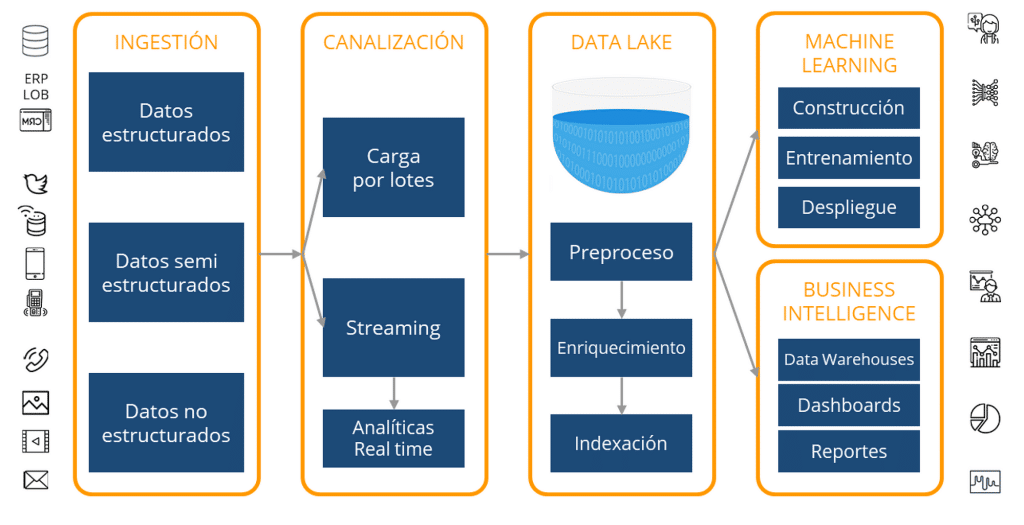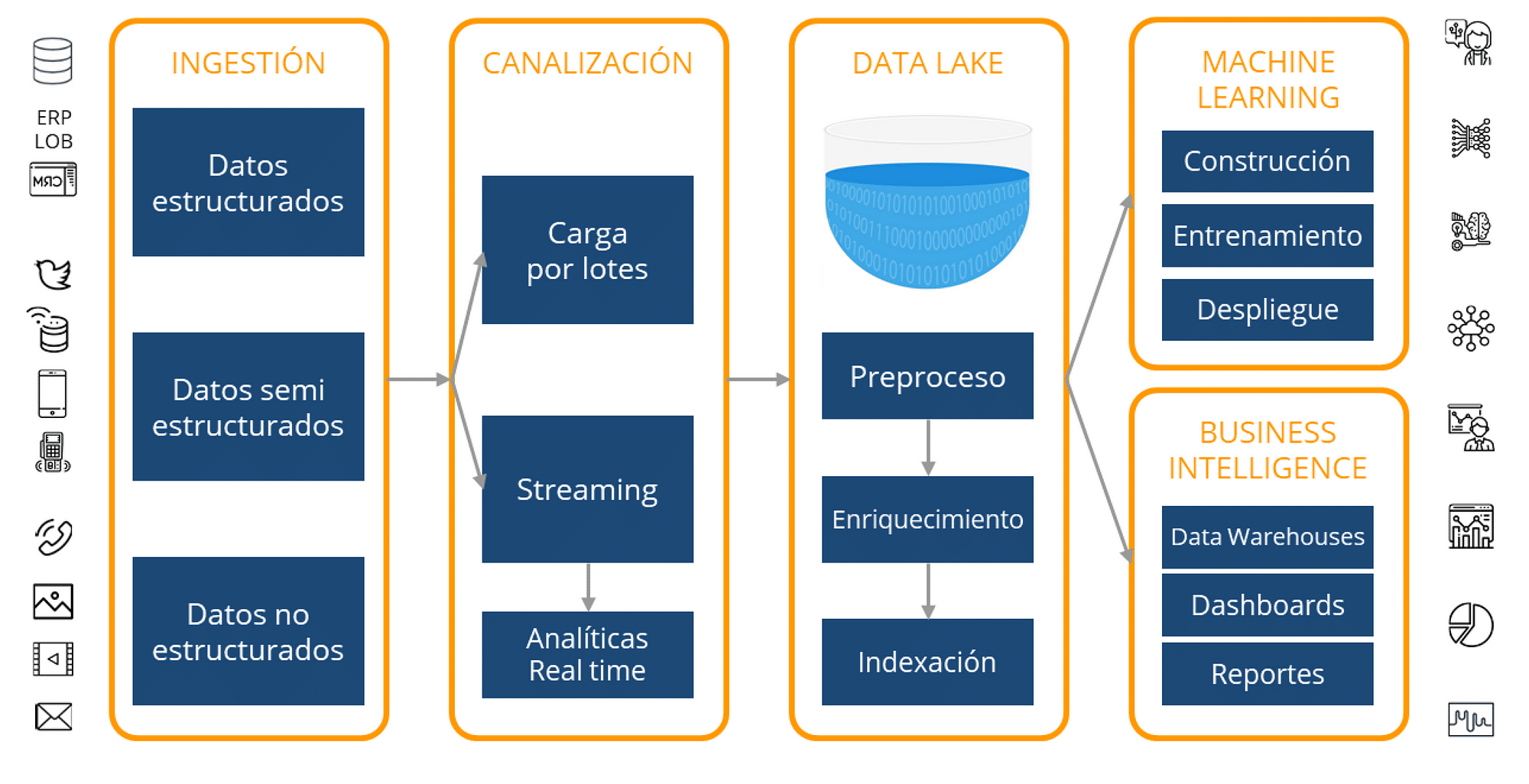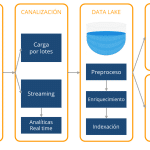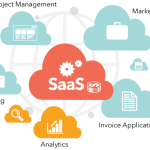The difference between data integration and data unification is best analyzed through the data warehouse. The data warehouse is a widely used technology and is often covered to help companies with reporting velocity and warehousing issues. Data unification is something the data warehouse does with ease, as it is designed to gather information from many sources to speed up reporting and data warehousing. All data is in the same place and tailored for reporting processes.
Data integration
Extracting all data from the source systems and placing them in the warehouse does not necessarily mean business logic can be easily restored. Retrieving and quantifying business logic also means that the data is integrated, not just collected in one place as data unification or a single point of truth.
It is not easy to retrieve business logic within the data set, as the data flow in production systems is often not large enough to describe processes for reporting purposes. Insufficient data flow and missing data are the main reasons why the data warehouse cannot provide integrated data, only unified data by default.
The business side generally misunderstands two terms and assumes that implementing the warehouse will solve all the problems in reporting. The main reporting problems are at the production level with insufficient data exchange between systems that Warehouse cannot solve. “Garbage in” also means “garbage out.”
An example of integrated data is shown in the following case. Number of customers who bought marketing package A. The total number of currently sold marketing packages A must be closely related to the difference between the current and the last month of newly connected and disconnected packages.
The total number of packages must be integrated with newly sold and no longer used packages, the so-called churners. If the production and billing systems are configured for processing only, this may mean that the company bills the service correctly, but does not report the service reliably. Production systems are generally configured for processes, not for reporting.
If reporting is not implemented immediately during the implementation phase of the production system, further implementation of reporting techniques in the live production system is much more difficult. Integration is not the same as unification.
It is deeper and more difficult to achieve integration than simply implementing a data warehouse and unifying the data.

Introduction
In the fast-evolving landscape of data management, the terms “Data Integration” and “Data Unification” are often used interchangeably, leading to confusion among professionals seeking effective data solutions. In this comprehensive guide, we will dissect these concepts, unravel their nuances, and shed light on the crucial distinctions that set them apart.
Data Integration Demystified
Definition
Data Integration is the seamless combination of disparate datasets, fostering a unified view and facilitating analysis across various sources. It transcends the limitations of isolated data silos, promoting synergy and cohesiveness.
Key Components
1. Extract, Transform, Load (ETL) Processes
Data Integration heavily relies on ETL processes, ensuring data consistency, quality, and compatibility. Through extraction, transformation, and loading, it transforms raw data into a unified format, ready for analysis.
2. Middleware Solutions
Utilizing middleware solutions plays a pivotal role in streamlining communication between diverse applications. This facilitates smooth data flow, breaking down barriers between different systems.
Benefits of Data Integration
- Enhanced Decision-Making: By consolidating information from various sources, organizations can make more informed decisions.
- Improved Efficiency: Streamlining data processes reduces redundancy and enhances overall operational efficiency.
Navigating the Terrain of Data Unification
Definition
Data Unification, on the other hand, focuses on creating a singular, cohesive view of data without physically integrating the datasets. It enables organizations to access and analyze data without the need for a centralized repository.
Key Components
1. Virtualization
Data Unification often employs virtualization techniques, allowing users to query and analyze data from disparate sources without physically combining them. This eliminates the need for massive data migrations.
2. Semantic Mapping
Semantic mapping is crucial in Data Unification, ensuring that diverse datasets can be understood and queried using a standardized vocabulary. This fosters interoperability among different data sources.
Benefits of Data Unification
- Real-time Accessibility: Users can access and analyze data in real-time without waiting for lengthy integration processes.
- Cost-Efficiency: Eliminating the need for physical integration reduces infrastructure costs.
The Crucial Differences
1. Physical vs. Virtual Integration
Data Integration involves physically combining datasets, while Data Unification achieves cohesion virtually, without the need for a centralized data store.
2. Real-time Accessibility
Data Unification provides real-time access to diverse datasets, offering immediate insights, whereas Data Integration may involve delays due to ETL processes.
3. Flexibility in Implementation
Data Integration requires a structured approach to ensure compatibility, whereas Data Unification offers more flexibility by enabling analysis without a predefined structure.
Choosing the Right Approach
In deciding between Data Integration and Data Unification, organizations must evaluate their specific needs, considering factors such as data volume, real-time requirements, and budget constraints.
Conclusion
In conclusion, while Data Integration and Data Unification share the goal of creating a cohesive data environment, their approaches and benefits differ significantly. Organizations should carefully assess their requirements to determine the most suitable strategy for optimizing their data landscape.
This clarity is pivotal in making informed decisions that drive efficiency, foster innovation, and ultimately outrank competitors in the dynamic realm of data management.










